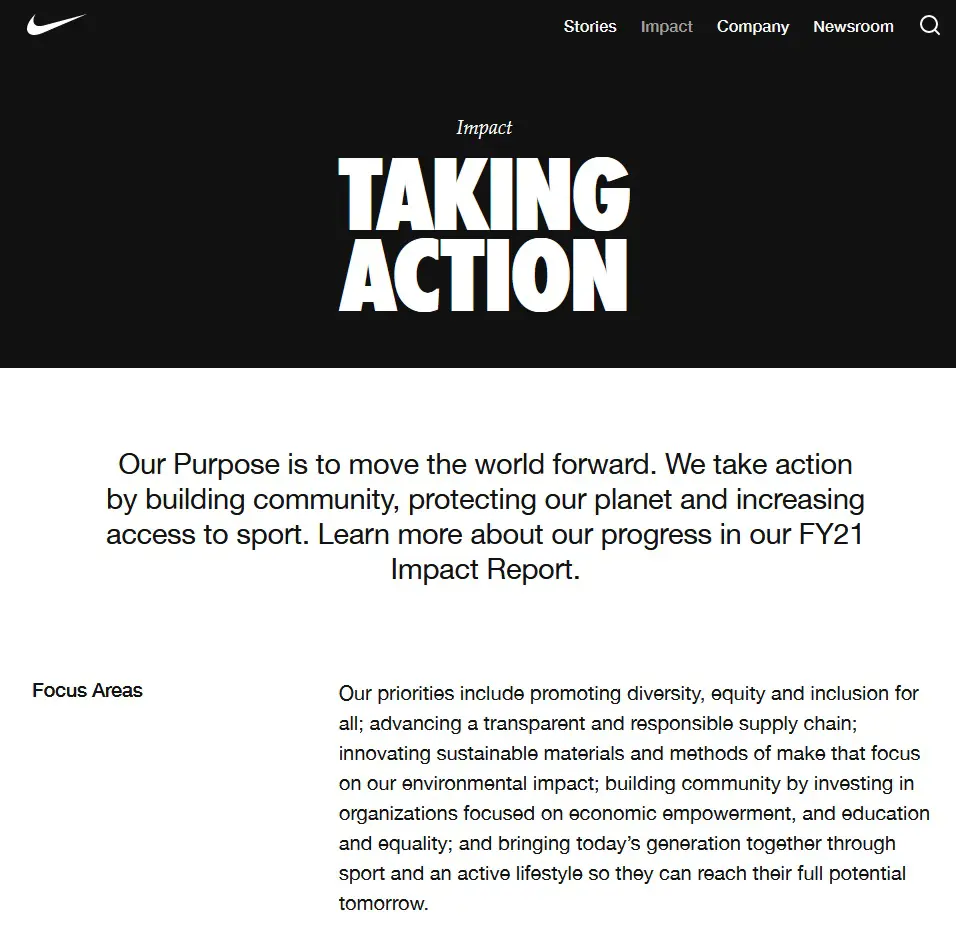Digital marketing evolution: New approaches and channels
Marketing evolution has entered a new realm by going digital. What are the latest strategies and channels? Which ones are right for your business?

Marketing evolution has entered a new realm by going digital. And with that, abundant choices for reaching your target audience. What are the latest approaches and channels? Which ones are right for you?
Since 85% of Americans say they are online daily, leveraging the latest digital marketing strategies is worthwhile.
First, let’s recap what digital marketing is and why it’s crucial.
Key takeaways:
- Digital marketing uses electronic means to connect with buyers to sell a product or service or raise brand awareness.
- You’re able to reach a wider audience with digital marketing, which means building brand recognition, acquiring more customers and increasing revenue
- Omnichannel marketing uses various channels and digital platforms to present your brand, product or message. Your message is consistent yet fine-tuned for each channel.
- Aside from customers feeling valued, personalized experiences build brand trust and promote customer engagement.
- Micro-influencers tend to hold the highest engagement rates across multiple social media platforms.
What is digital marketing?
Digital marketing uses electronic means to connect with buyers to sell a product or service or increase brand awareness. This type of marketing occurs regardless of whether the users are online on the Internet. Digital marketing is over 100 years old, beginning with the invention of the radio. Other forms of digital marketing include TV, telephone and digital billboards.
However, online marketing is the most popular form of digital marketing. Online marketing is the simplest way to reach your target audience in the right place and at the right time. Examples of online digital marketing include:
- Search engine optimization (SEO)
- Content marketing (blogs, videos)
- Social media marketing (SMM)
- Email marketing
Why digital marketing matters
Digital marketing has many advantages over traditional marketing (e.g., an ad in a newspaper or handing out flyers):
- You reach a broader audience since the Internet is a global tool. You can, however, filter your audience to your niche market.
- A larger audience means building brand recognition, acquiring more customers and increasing revenue.
- Digital marketing is measurable, meaning your campaigns contain metrics that you can use to evaluate which methods are more successful.
- Digital marketing is also very cost-effective. Some strategies cost nothing (e.g., creating a blog or posting on social media). Also, there’s no paper to print.

Four digital marketing evolution trends
Successful businesses understand that they must meet or exceed the needs and expectations of customers. Therefore, the customer drives marketing evolution. Let’s look at four strategies that are emerging.
1. Omnichannel marketing
Omnichannel marketing uses various channels and digital platforms to present your brand, product or message. Your message is consistent yet fine-tuned for each channel. Whichever way your customers access your business, you’re there.
Omnichannel marketing is an evolution of multichannel marketing, where you make your brand available across multiple channels. Omnichannel marketing takes it further by seamlessly integrating the user experience across all digital channels. This method allows the customer to move from one platform or device to another and not just have a similar interaction but also retain their shopping and purchase history.
To devise an effective omnichannel marketing strategy, you need at least four things:
- Ensure that your website displays well across all devices, like computers, tablets and smartphones.
- Consistently present your content across all relevant channels, including your offline ones, like in-store.
- Customize the call-to-action for the specific channel. For example, an email campaign may require a button click, while a TV ad may need to display a web address.
- Keep customer data in a central location, facilitating the forward movement of the customer journey.
2. Personalized experiences
Customers want to feel valued by a company, and personalization creates that feeling. For example, if a customer bought laundry detergent from a particular brand, they may like an email reminder with a link to the product on the site when it’s time to replenish.
Aside from customers feeling valued, personalized experiences build brand trust and promote customer engagement. How can you know your shoppers to create personalized marketing experiences? Here are a few tips:
- Conduct an opinion poll or a customer survey
- See what customers are saying on social media about your business
- Read online customer reviews
- Trend buyer history
3. Influencer marketing
Why has influencer marketing grown so popular? Consumers see influencers as authentic. Furthermore, people can engage directly with influencers. Many influencers respond to comments and chat with followers. This meaningful connection tends to make influencers held in high regard.
When dipping your toes into this marketing strategy, you may wish to start with a micro-influencer. Micro-influencers are individuals with between 10,000 and 50,000 followers. Micro-influencers tend to have the highest engagement rates across multiple social media platforms.
How do you find and partner with an influencer? Here are some things to try:
- Understand your target audience. Knowing your customers’ demographics, core values and social media platforms will help you select an appropriate influencer.
- Look at your customer base first and see if there is an influencer that uses your product or service.
- Use the hashtag #sponsored on social media to see a list of influencers.
- You can contact the influencer with a direct message (DM) on the platform or through email. Propose the campaign along with suitable compensation.
4. Responding to social issues
Following the event of 2020, more than ever, customers need to trust the brands they choose. One survey showed that 50% of individuals would become loyal customers of brands they trust.
How does a business earn the trust of its customers? The same survey provided further details. Customers look to see:
- How well the company treats the environment
- If they use materials and ingredients that are local, sustainable and ethically-acquired
- How well the company treats its employees
- How well the brand responded to the COVID-19 pandemic
You may think, “Is this a digital marketing strategy?” The answer is yes because you would advertise your company’s initiatives on your website. For example, the following are excerpts from Nike’s Impact Report on its website.

The key to this marketing strategy is to be authentic. You must either back up or follow through on the statements made online.
Taking leaps in the digital marketing evolution with Optimizely
Today’s marketing strategies require innovation, insight and evolution. Optimizely’s digital experience platform (DXP) and the team of experts are here to help you attract and retain customers so your business can grow.
If you’re ready to take your marketing approach to the next level, get started with Optimizely today.
